This is one in a series of posts on the Nikon Z6 and Z7. You should be able to find all the posts about those cameras in the Category List on the right sidebar, below the Articles widget. There’s a drop-down menu there that you can use to get to all the posts in this series; just look for “Nikon Z6/7”.
After performing the Siemens Star testing in the previous post, I looked at the real-world performance of the 24-70/2.8 Nikkor S on the Z7, comparing it to the 24-70/4 Nikkor S kit lens. This post covers performance at 24 mm focal length. The next two posts will look at the images at 35 mm and 70 mm.
Here’s the scene with some trees 47 meters from the camera:
Making three shots for each variation and picking the sharpest, I exposed at base ISO 64. I used AF-S and a small spot, focusing on the target grove of trees.
Capture conditions were:
- Heaviest RRS legs
- Arca Swiss C1
- 2 second self-timer
- Electronic shutter
- ISO 64
Images developed in Lightroom, with default settings except:
- WB set to cloudy
- Exposure to equalize brightness
- Adobe Color Profile
- Sharpening 20, radius 1, detail 0
- Pick the best of three images at each test condition
I did not try to defeat Lightroom’s silent distortion correction.
We’ll look at some tight crops.
If you’ve seen these here before, just jump to the images. If not, I need to spend some time telling you how to interpret them. They’re at roughly 250% magnification, enlarged to 700 pixels high on export from Lightroom. If you just want a rough idea of the differences, just look at the images as displayed in-line in the posts. However, if you wish to compare these images in detail, you should view these images by clicking on them to see the source files, then set your browser for 100% zooming. Even better, download them and make Photoshop stacks.
No matter what you do, these crops are all going to look horrible. I’m blowing them up so much so that they will represent the original file after JPEG’s discrete cosine transform has had its way with them. If you want to get a good idea of what the images would look like printed, get far away from your monitor. No, farther than that. Put a bunch of the images up on the screen and back up until the best one starts to look good. Then look at the others. There’s another reason why these images won’t look like the best thing the camera/lens combination can deliver. They’re demosaiced with Lightroom. Lightroom is not awful, but for a particular image, there are usually better raw processors. I use Lr because it’s a de facto standard, because I know it well, and because it’s got good tools for dealing with groups of images.
Here’s how to use these highly-magnified crops. The dimensions of the Z7 sensor is 8256×5504 pixels. If we make a full-frame print from the Z7 on a printer with 360 pixels per inch native driver-level resolution, like the Epson inkjet printers, we’ll end up with a 23×15 inch (58×39 cm) print. The 317×246 pixel crop you’re looking at will end up 0.8×0.68 inches (2.12×1.74 cm). Let’s imagine that you or your viewers are critical, and will look at the 22×15 inch print from about 18 inches (conventional wisdom is that the distance would be a little greater than that, or 28 inches (the diagonal), but you did buy a high-resolution camera for a reason, didn’t you?).
The next step is dependent on your monitor pitch, which you may or may not know. Turns out, you don’t have to know it. Just take the 250% crops and view then at 1:1. How high are they? Get out your ruler and measure, or just guess. Let’s say they are 6 inches high. 6 inches is about 7 times 0.8, so in order to view the crops the way they’d look from 18 inches on the print is to view them from 7 times as far away, or 10.5 feet.
Everything here scales proportionately. If the image on your screen is bigger than 6 inches, increase your viewing distance by the ratio of your image height to 6 inches. If you think your viewers are going to almost get their nose to that print and look at it from six inches, divide that 10.5 feet by 3, and look at the image on the monitor from three and a half feet away.
In the center of the frame:
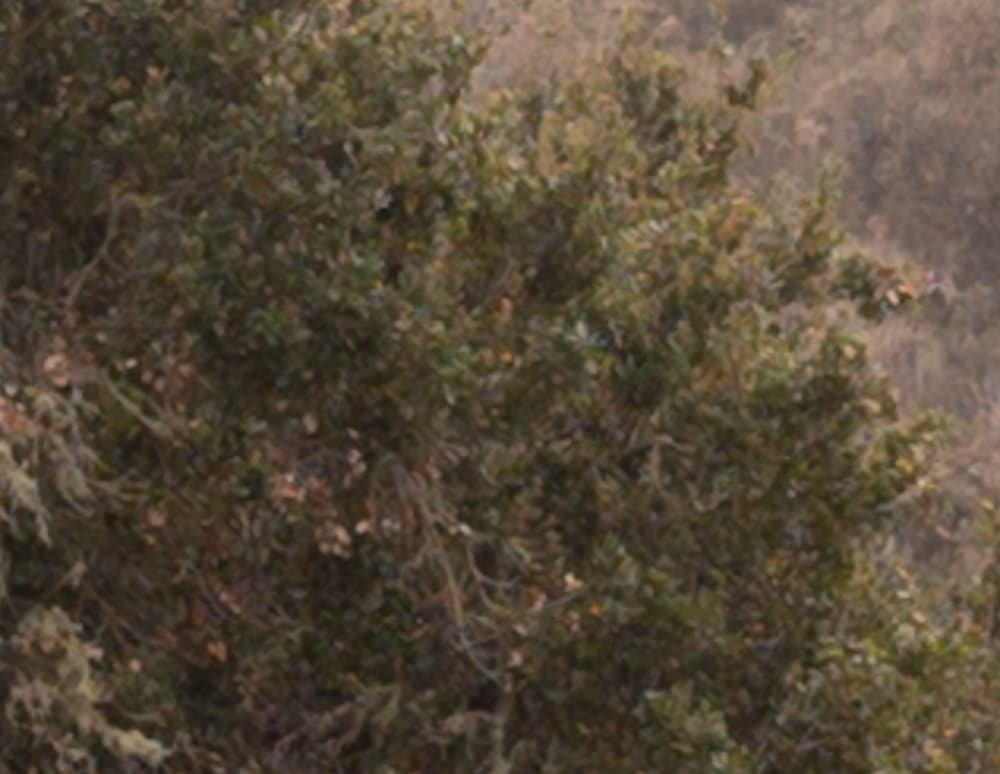
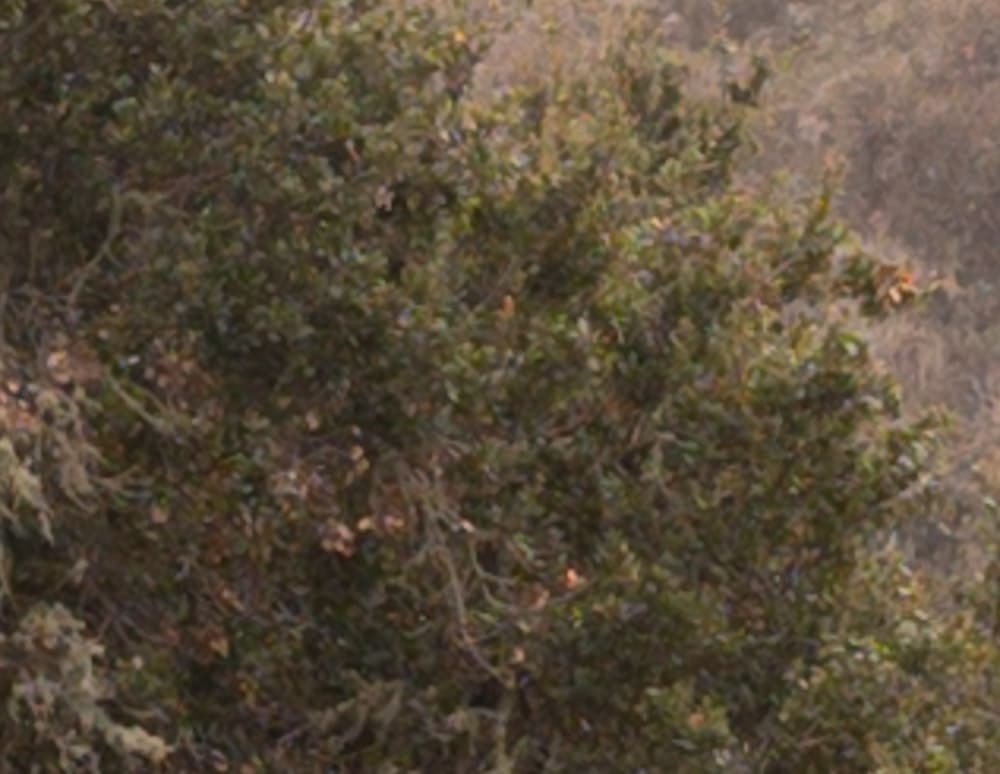
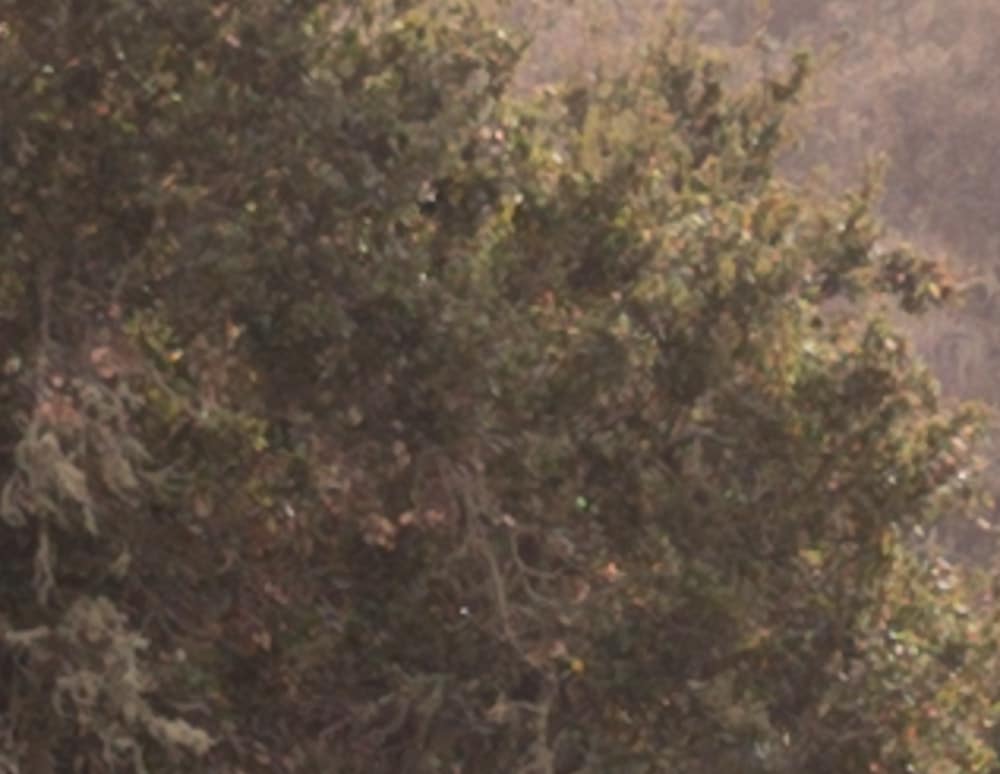
I wish I could say that the f/4 zoom were as sharp wide open as the faster lens is at f/4, but that’s not the case. It’s not even as sharp as the f/2.8 lens is wide open. There is also more flare with the less-expensive lens.
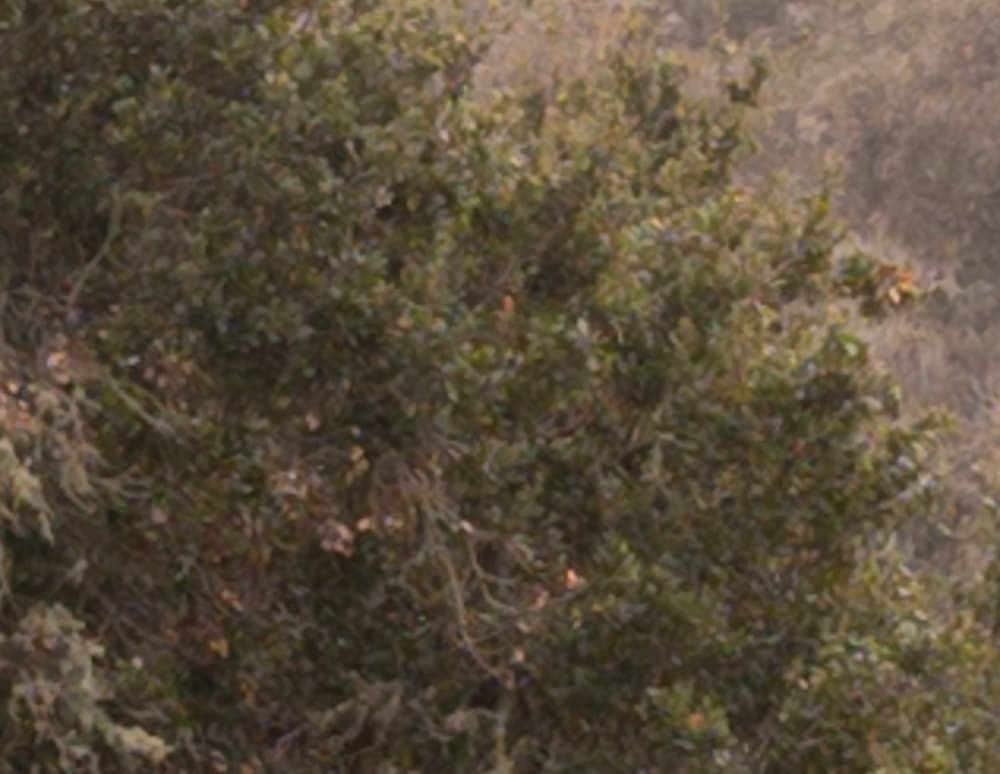
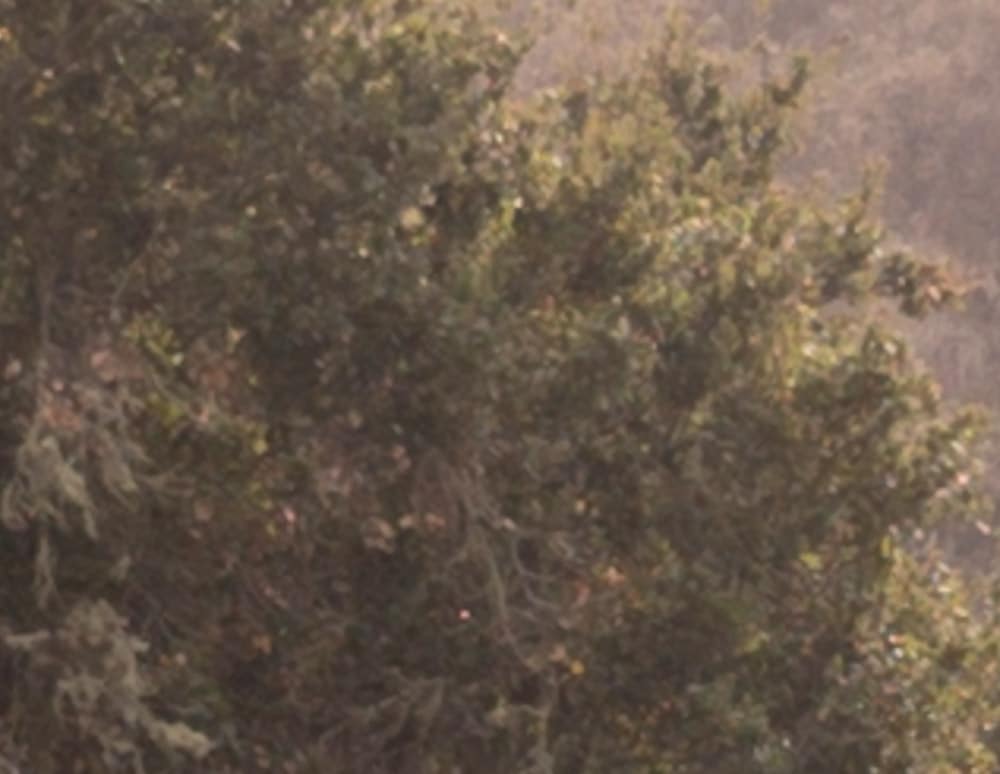
Still less flare and better sharpness with the high-priced lens.
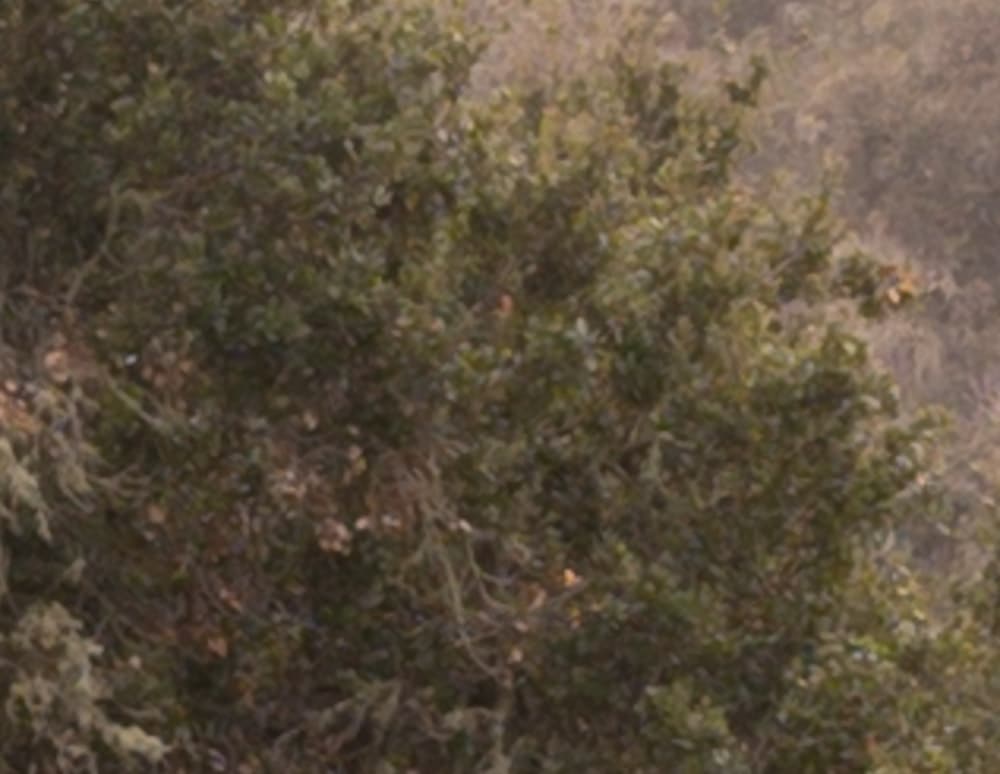
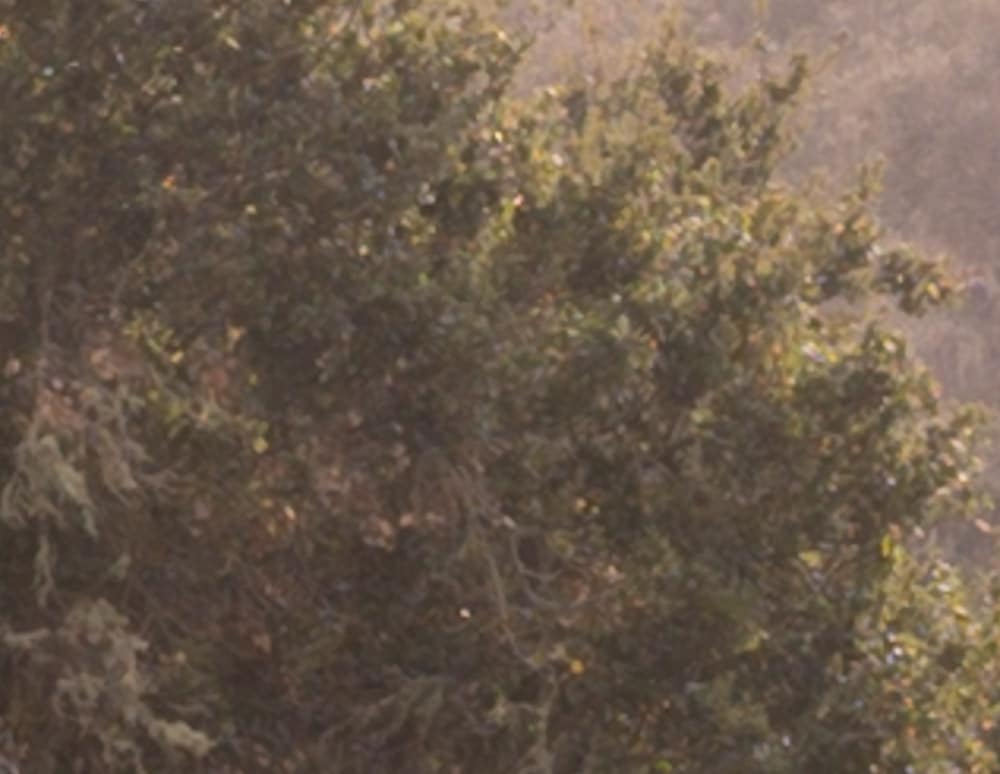
The faster lens is still sharper, and there’s less flare.
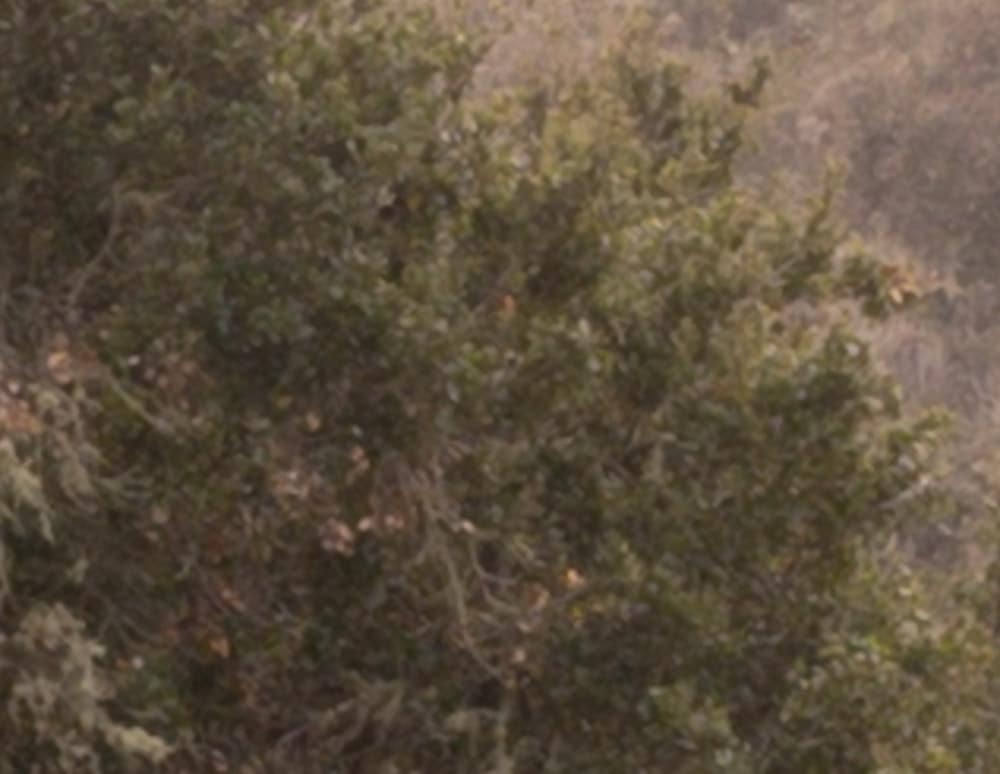
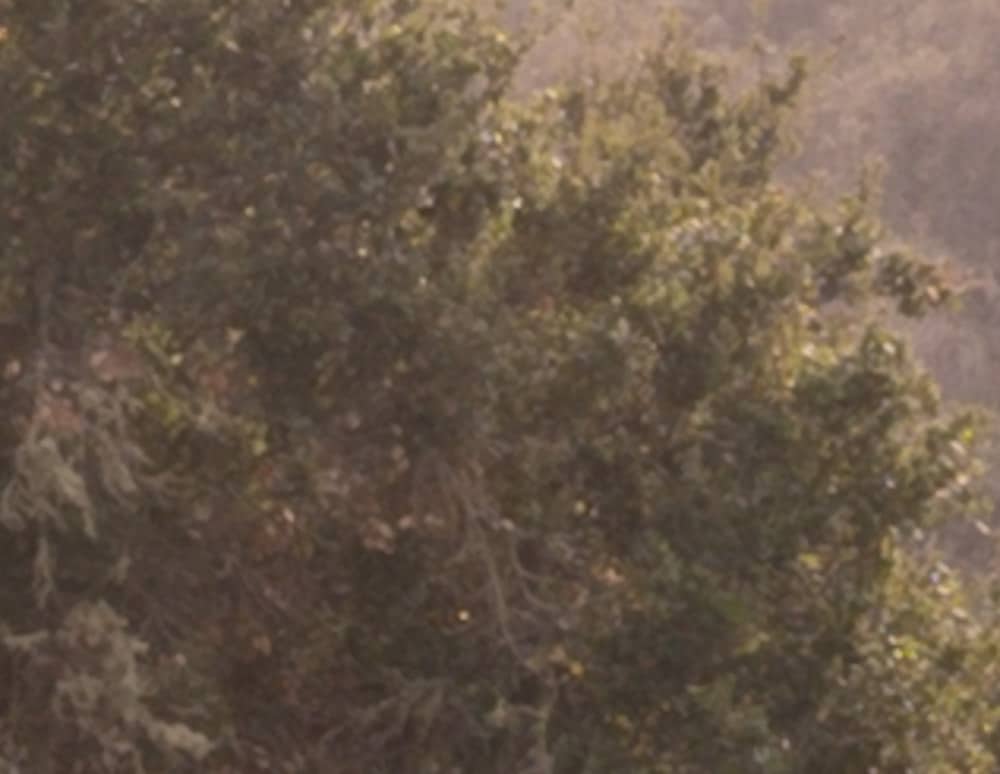
At f/11 the differences are small.
In the upper-right corner:
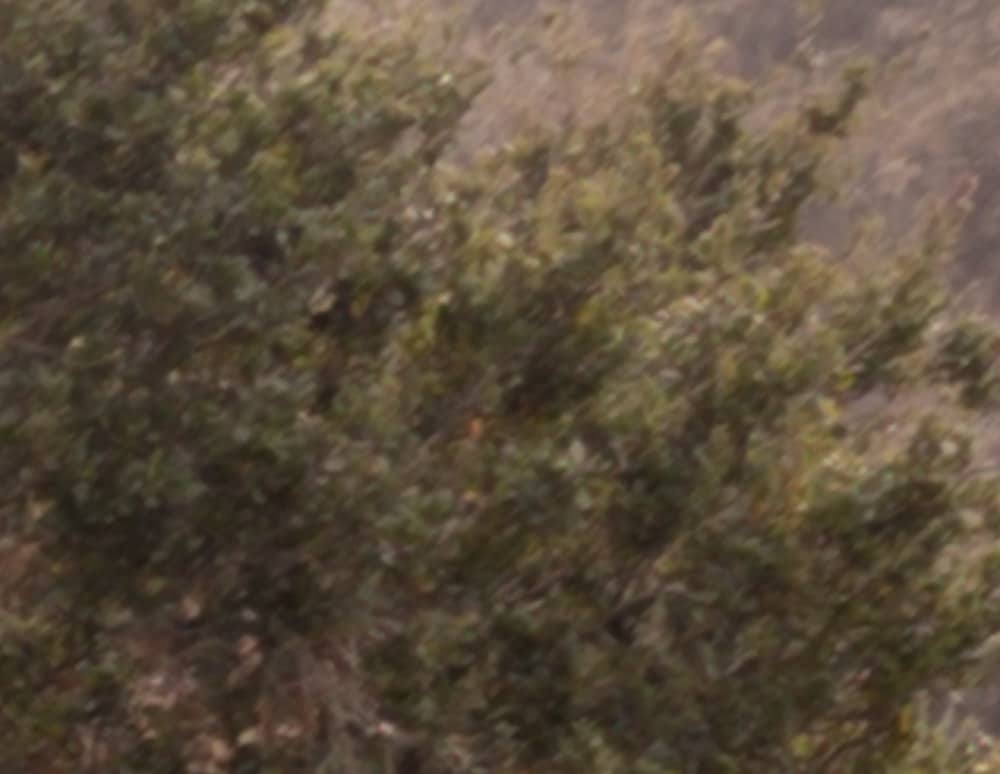
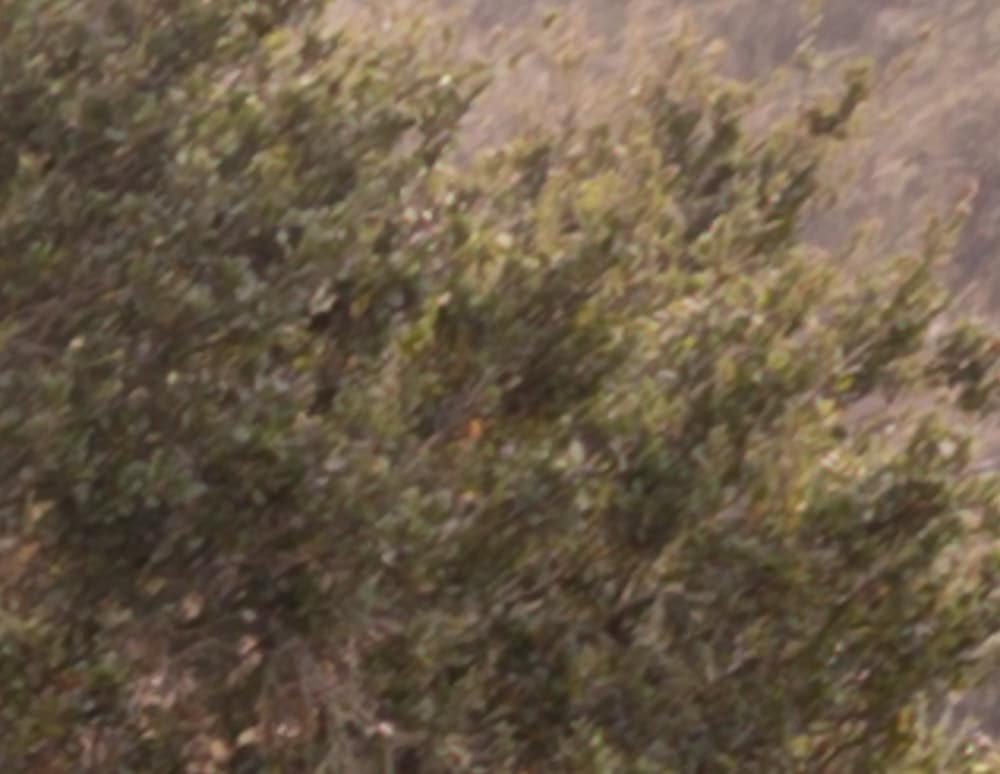
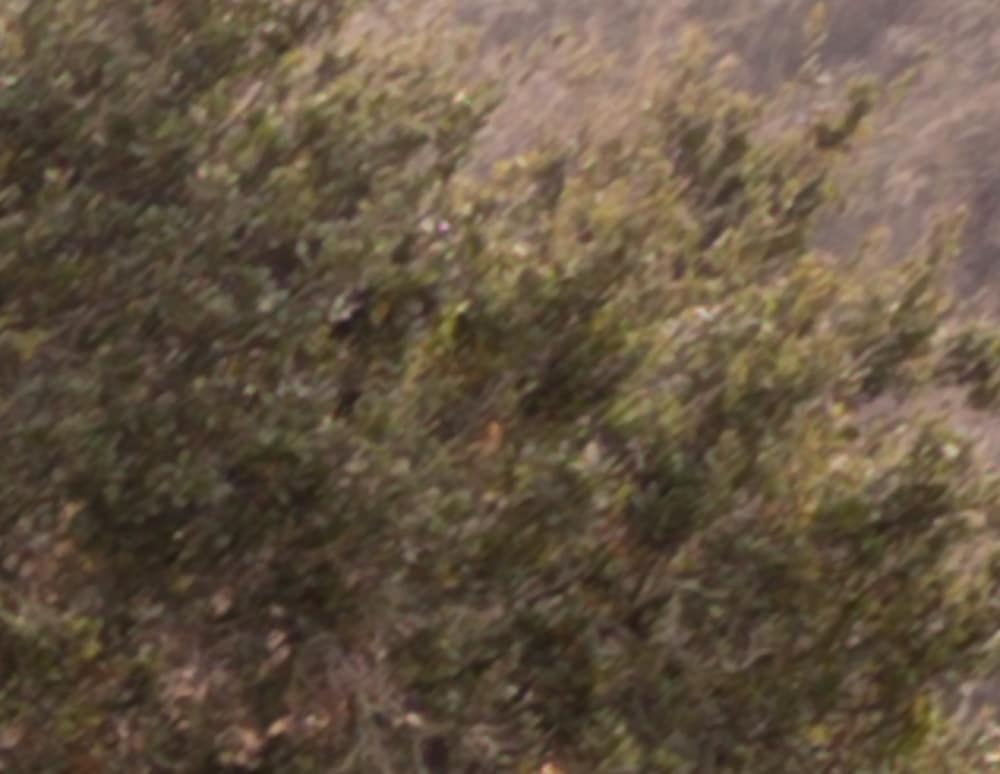
The high-priced lens is only marginally better at f/4 than the kit lens.
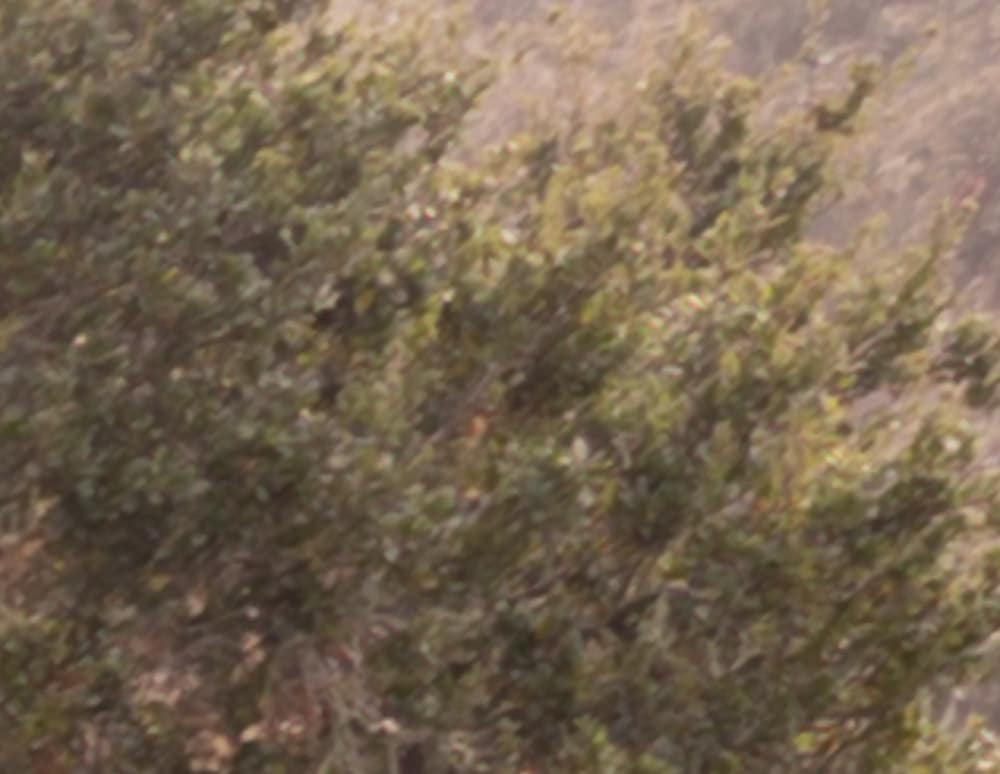
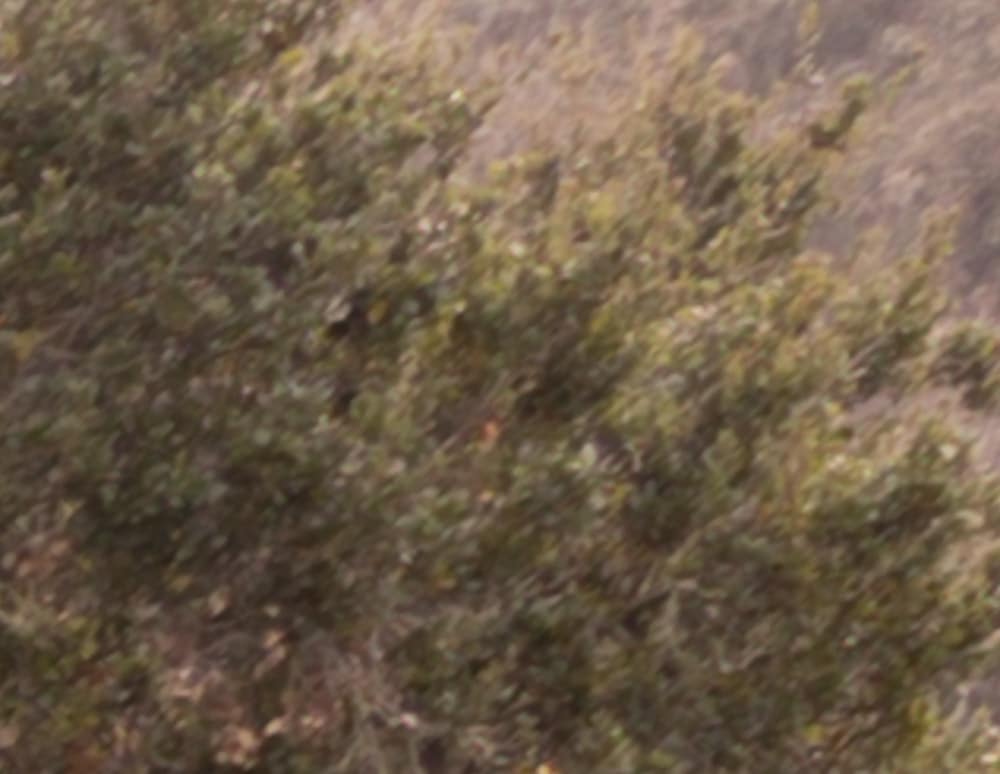
Again, the faster lens is better, but not by much.
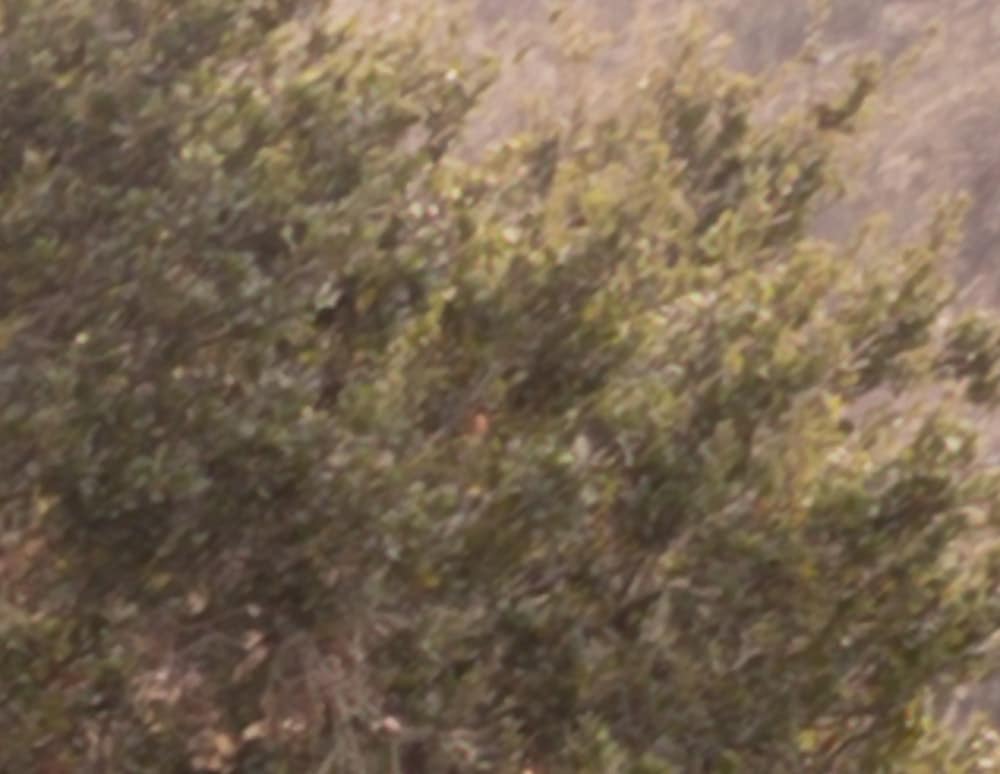
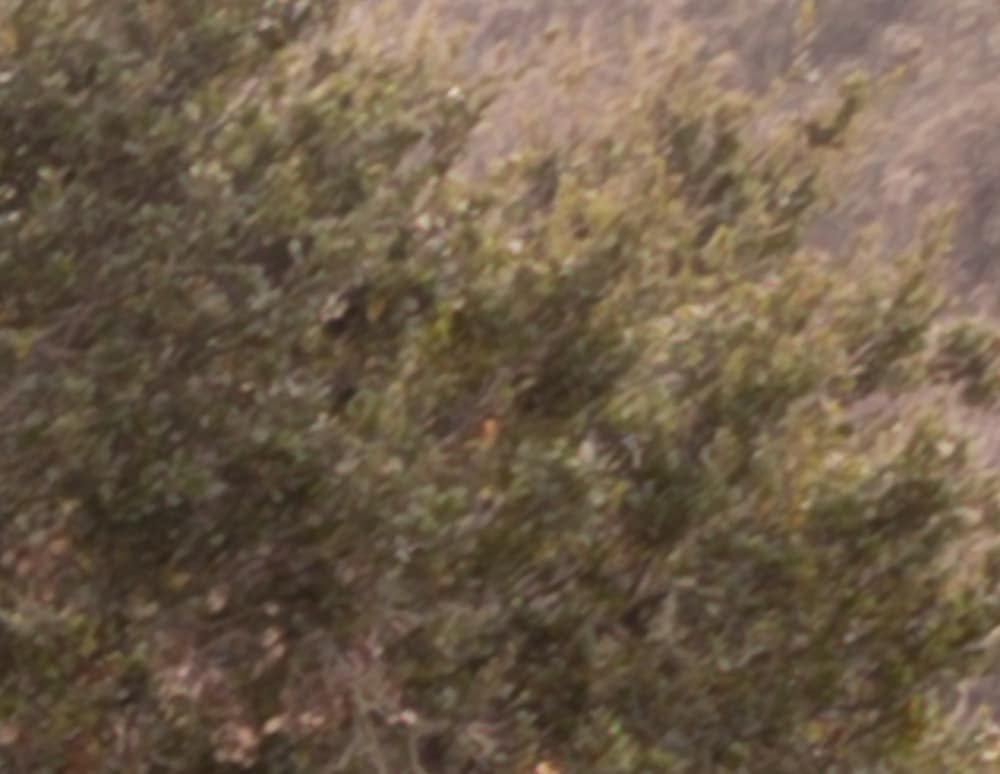
These are also quite close.
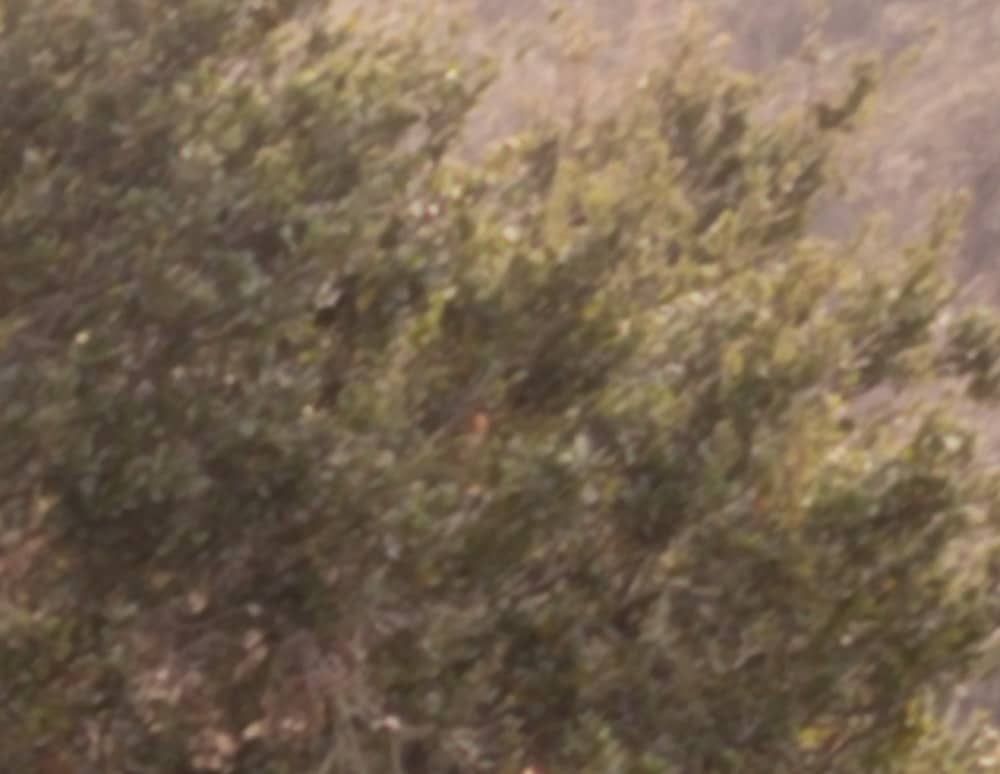
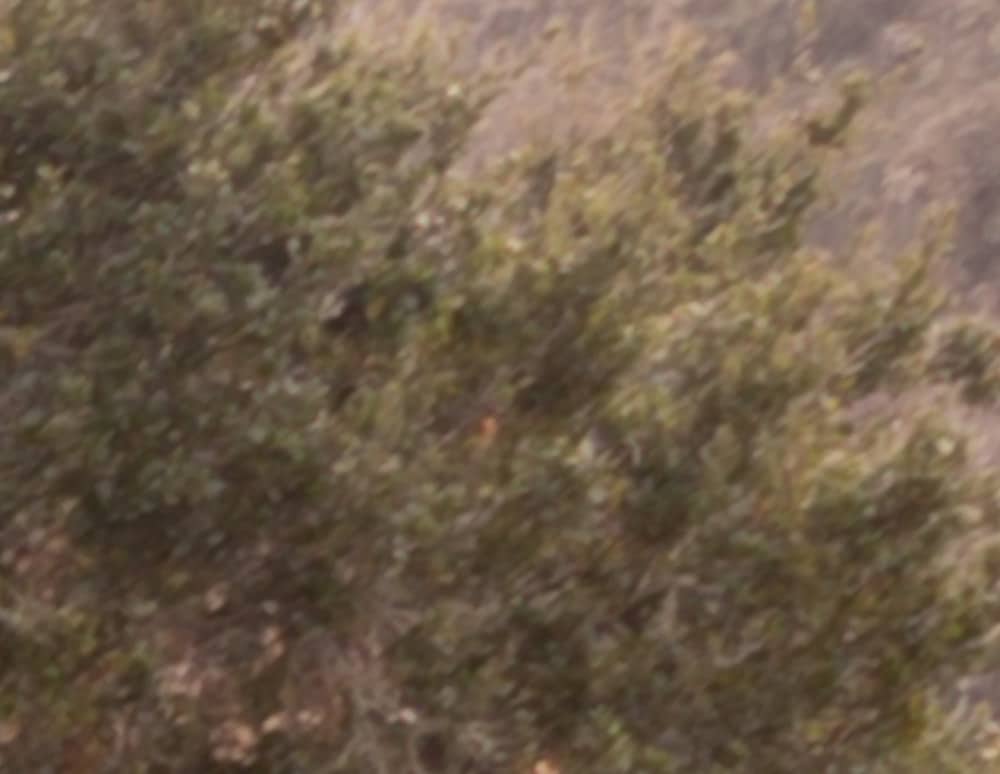
The difference has not gone to nothing, but it’s not great.
The new 24-70/2.8 is an excellent lens, but my takeaway from this particular test is how good the kit lens is.
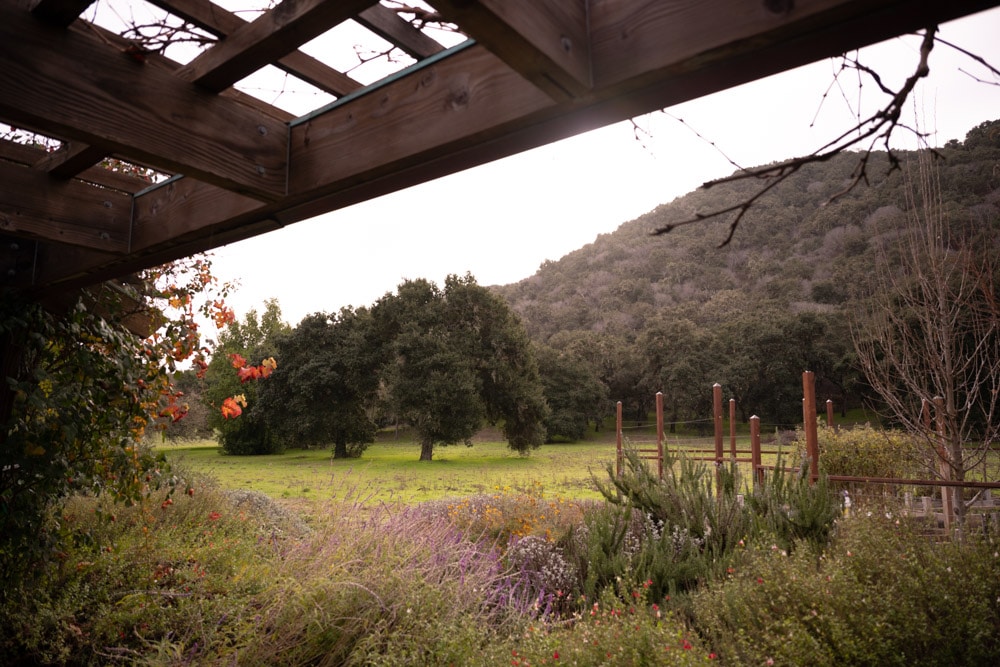
Leave a Reply